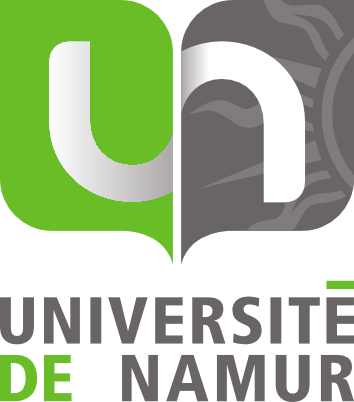événement
Soutenance publique de thèse de doctorat en Sciences physiques - Loris Chavée
Uncovering the growth mechanisms of coatings deposited by physical vapor deposition on complex 3D substrates
Catégorie :
défense de thèse
Date : 03/10/2025 15:00 - 03/10/2025 18:00
Lieu : Adam Smith
Orateur(s) : Loris Chavée
Organisateur(s) : Stéphane Lucas
Date : 03/10/2025 15:00 - 03/10/2025 18:00
Lieu : Adam Smith
Orateur(s) : Loris Chavée
Organisateur(s) : Stéphane Lucas
Jury
- Prof. Robert SPORKEN (UNamur), Président
- Prof. Stéphane LUCAS (UNamur), Secrétaire
- Dr Emile HAYE (UNamur)
- Prof. Jochen SCHNEIDER (RWTH Aachen)
- Dr Andreas PFLUG (Fraunhofer IST)
- Dr Philippe ROQUINY (AGC Glass Europe)
- Prof. Stephanos KONSTANTINIDIS (Université de Mons)
- Dr Dennis BARTON (Fraunhofer IST)
Résumé
Physical
vapor deposition (PVD) on open-cell foams is a growing field in
materials science. However, very little is known about how PVD coatings
grow inside these porous substrates. This is crucial information for a
deeper understanding of PVD coating growth and for designing efficient
foam-based devices. To address this issue, this thesis investigates the
growth of TiO₂ coatings deposited by PVD on open-cell foams using
experiments and numerical modeling.
In
this thesis, a literature review outlines the benefits and drawbacks of
PVD deposition on open-cell foams, the use of PVD-coated foams in
hydrogen/oxygen evolution reaction catalysis, batteries, and
supercapacitors, and highlights the difficulty of accessing the interior
of coated foam. To circumvent this problem, a numerical approach is
proposed.
Subsequent
work links deposition parameters with coating properties and
photocurrent generation. It shows that optimal photocurrent generation
can be obtained by adjusting the thickness and crystal structure of
deposited coatings.
Moreover,
using a combination of experimental and modeling techniques, this
thesis investigates the behavior of particles during their transport
inside open-cell foams and highlights the depth-resolved properties of
the deposited coatings, which provides valuable information to optimize
the design of future foam-based devices.
Finally,
this study proposes a new approach for designing advanced materials by
employing porous foam masks. Porous masks are used to maintain a high
energy flux reaching the substrate and change the energy flux’s main
component, while reducing the deposition rate. This affects the crystal
structure of the deposited coating.
Télecharger :
vCal
